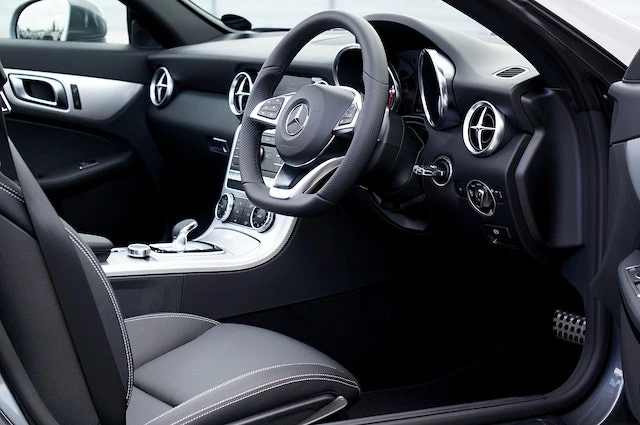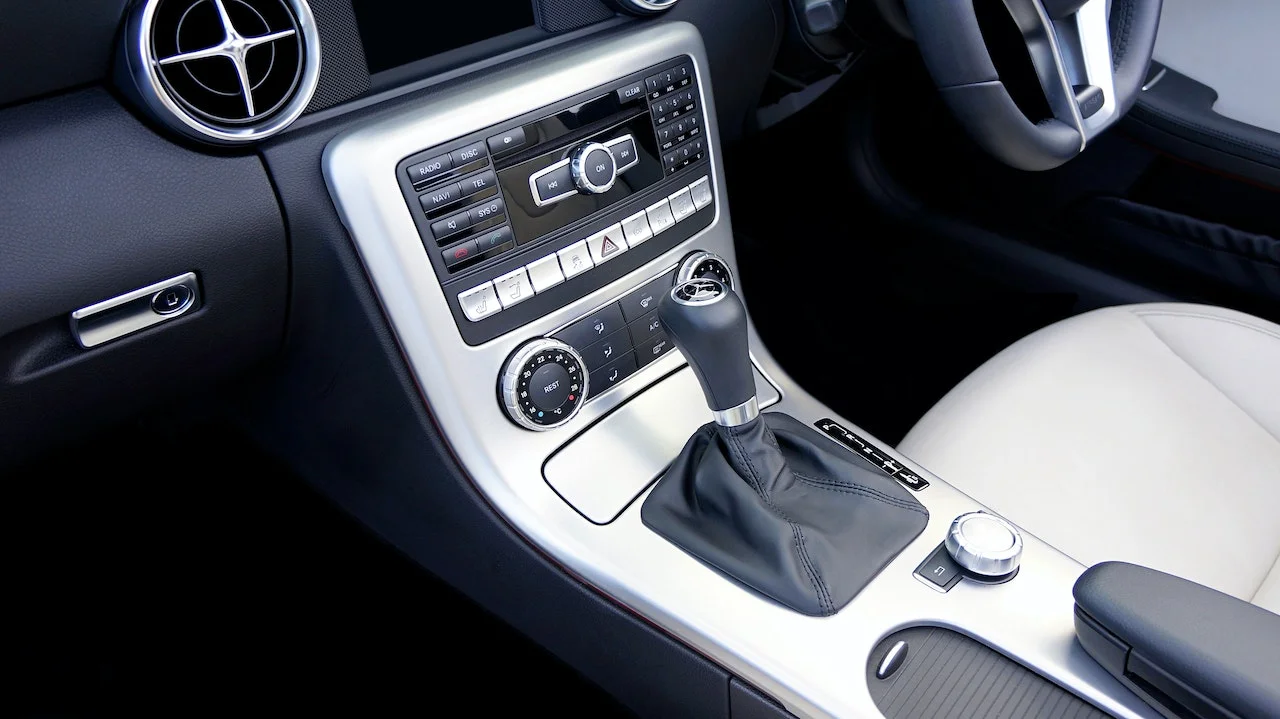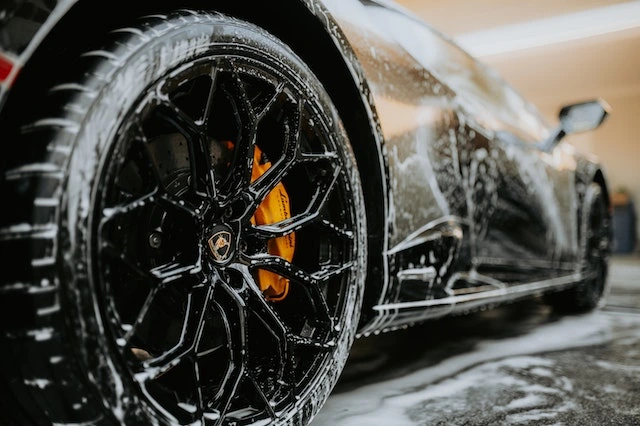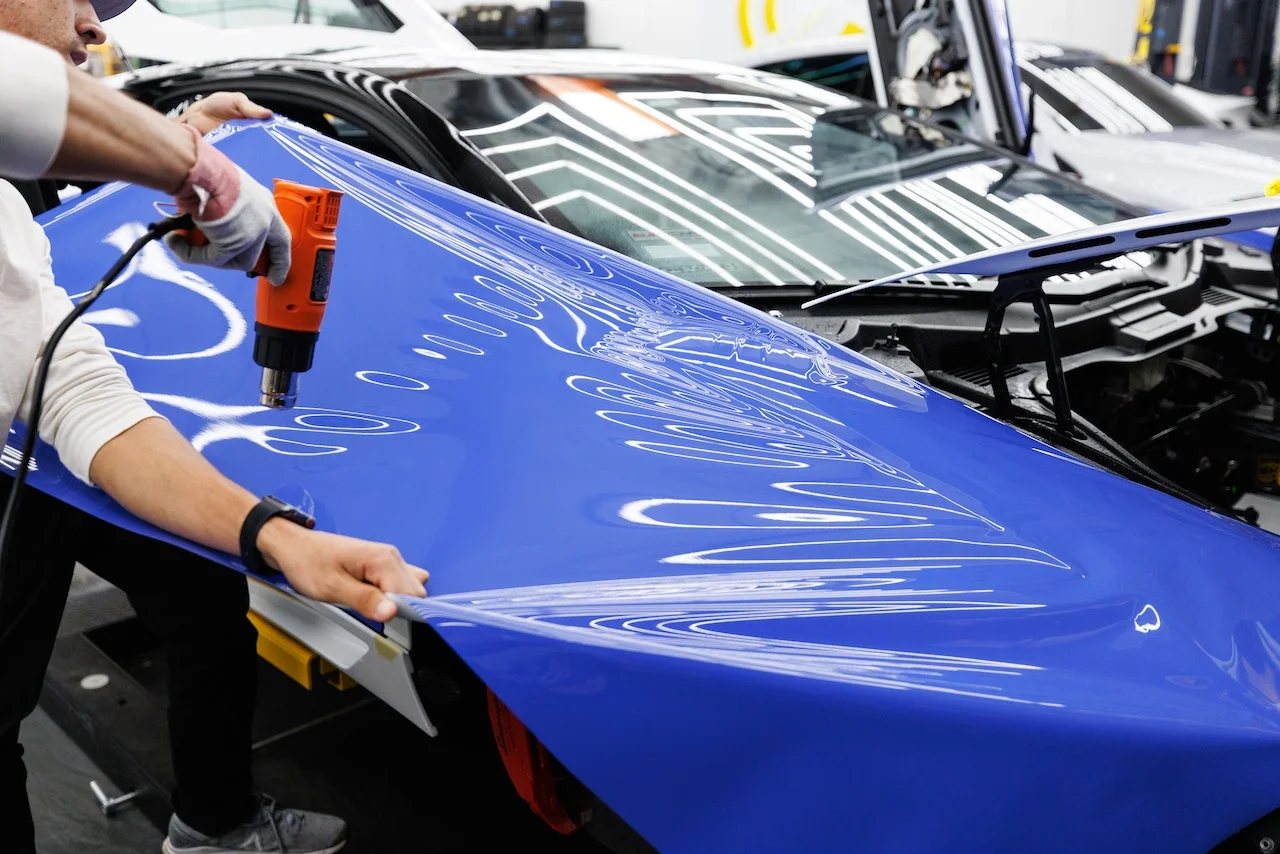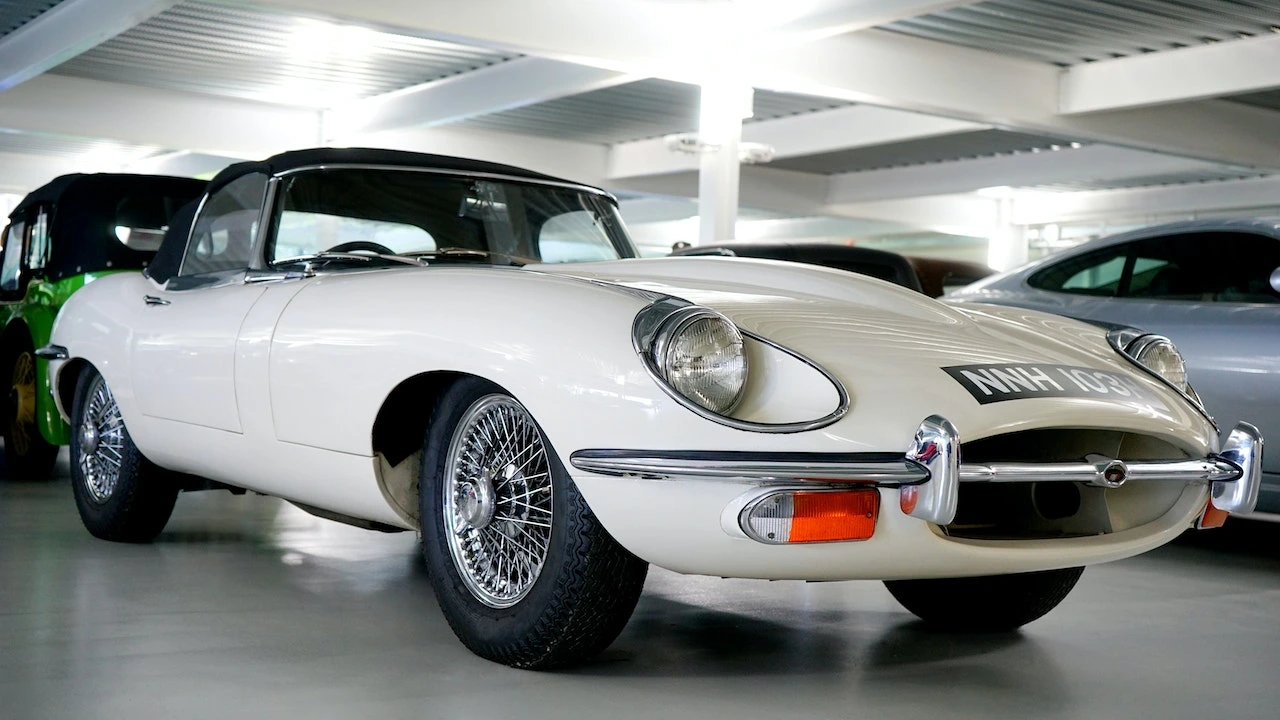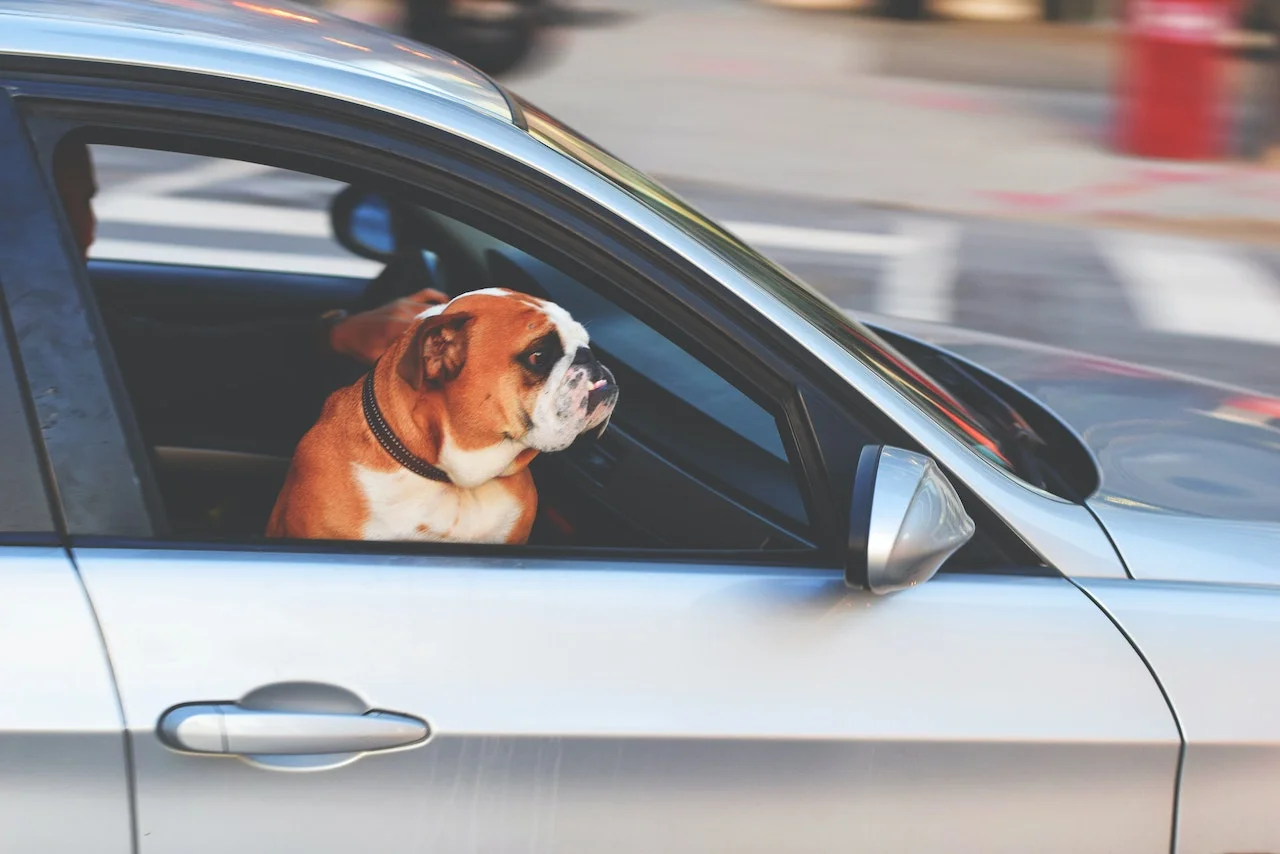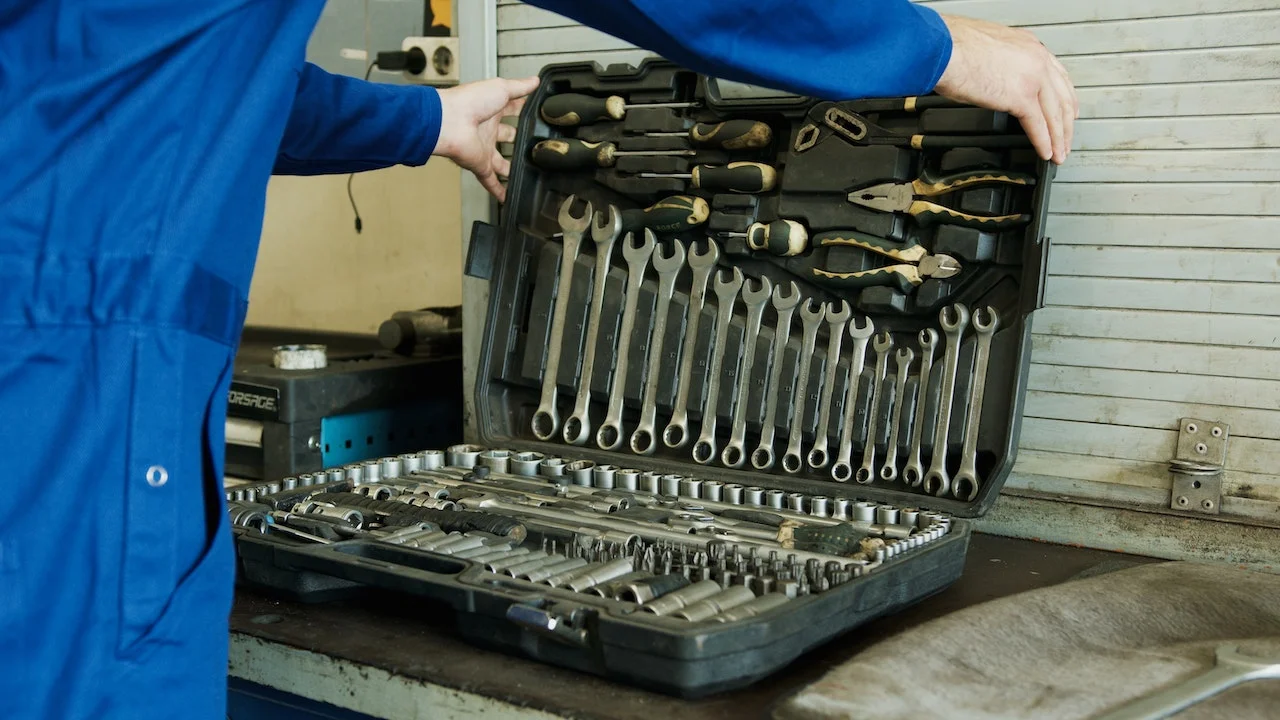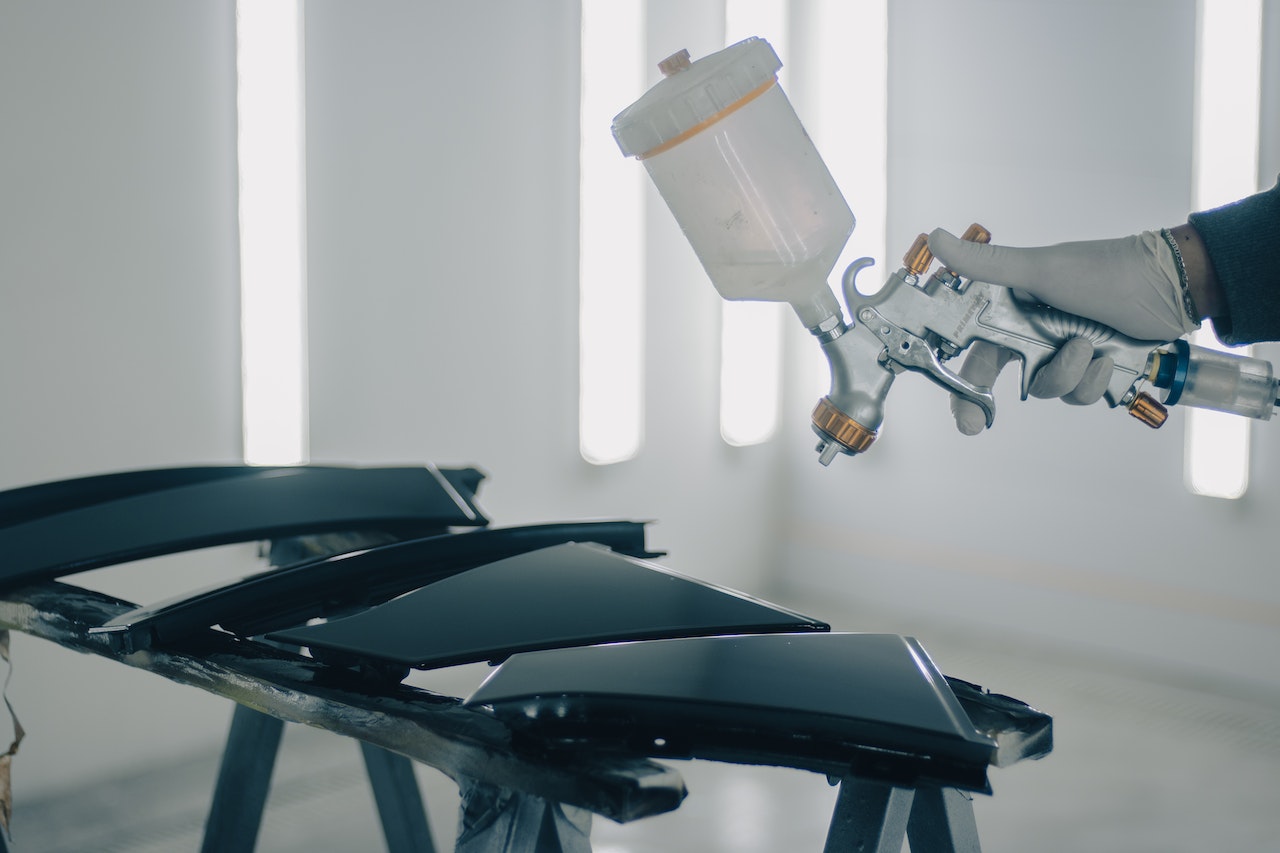Maintaining the pristine appearance of your vehicle’s paint can be a challenging task, especially when dirt and grime seem to have a vendetta against your car’s luster. But fear not! In this guide, we’ll unveil the secrets of preserving your paint’s beauty while banishing those pesky contaminants. Whether you’re a car enthusiast or simply want to keep your ride looking its best, we’ve got you covered.
Introduction
Understanding the Importance of Paint Care
Your car’s paint isn’t just for aesthetics; it serves as a protective shield against the elements specially for Classic Car Detailing. Neglecting it can lead to corrosion, rust, and costly repairs down the road. Therefore, knowing how to properly clean it without causing damage is crucial.
Common Mistakes to Avoid
Before we dive into the nitty-gritty, let’s address some common mistakes many people make. These include using abrasive materials, neglecting proper washing techniques, and rushing through the process. We’ll steer clear of these pitfalls.
Gathering the Right Tools and Materials
To begin your paint-pampering journey, assemble the necessary tools and materials. Having the right equipment can make all the difference.
List of Essential Supplies
- Microfiber Cloths: Gentle and non-abrasive for wiping and drying.
- Car Wash Soap: Choose a pH-balanced, paint-friendly option.
- Grit Guards: Prevent grit from scratching the paint.
- Soft-Bristle Brushes: Ideal for cleaning hard-to-reach areas.
- Detailing Clay: Removes embedded contaminants gently.
- Car Wax: Provides a protective finish.
Importance of High-Quality Products
Investing in high-quality products for mobile detailing may seem costly upfront, but it pays off in the long run. Cheap alternatives can damage your paint and lead to more significant expenses.
Preparing the Surface
Before you start washing, prepare the surface properly to avoid unnecessary friction.
Rinse Off Loose Dirt
Use a hose or pressure washer to rinse away loose dirt and debris. This prevents abrasive particles from scratching the paint during washing.
Soaking and Softening Stubborn Grime
For stubborn grime, employ a pre-soak solution. Spray it generously and let it sit for a few minutes. This loosens the contaminants, making them easier to remove.
Avoiding Scratches in the Prepping Phase
Remember, even in the preparation phase, gentle handling is key. Avoid using excessive force, and resist the temptation to scrub vigorously.
Washing the Vehicle
Now comes the actual washing process, where you must be extra cautious.
Choosing the Right Washing Technique
- Two-Bucket Method: Use one bucket for soapy water and another for rinsing. This minimizes the risk of transferring contaminants back onto your paint.
- Grit Guards for Safe Washing: These guards at the bottom of your buckets trap dirt, preventing it from being reintroduced to your sponge or mitt.
Importance of a pH-Balanced Soap
Select a car wash soap with a pH balance designed for automotive surfaces. Harsh detergents can strip away protective layers and dull your paint.
Gentle Hand Washing vs. Automated Car Washes
While automated car washes are convenient, they often use harsh chemicals and brushes that can harm your paint. Hand washing with the right technique is safer and more effective.
Book Our Service
Dealing with Tar and Bug Splatters
Tar and bug splatters can be particularly stubborn. Here’s how to handle them without harming your paint.
Safe Removal Techniques
- Tar Remover: Use a specialized tar remover to dissolve tar spots gently.
- Bug and Tar Pre-Treatment: Apply a pre-treatment product to soften bug splatters before attempting to remove them.
- Softening with Warm Water: Warm water can help soften tough residues for easier removal.
Detailing Clay for Smoothness
Detailing clay is your secret weapon for achieving a glass-like finish.
How Detailing Clay Works
Detailing clay lifts contaminants from the paint’s surface without scratching it. It’s especially effective for removing embedded debris.
Clay Lubricant and Technique
Apply a clay lubricant, then gently glide the clay bar across the paint. The clay will pick up contaminants, leaving the surface incredibly smooth.
Drying and Polishing
The final steps involve drying and adding that extra shine.
Using Soft Microfiber Towels
Drying should be done with soft microfiber towels. Pat the surface gently to avoid any potential scratches.
Polishing for Extra Shine and Protection
For an added layer of protection and a dazzling shine, consider polishing your vehicle.
- Appropriate Polishing Compounds: Choose a non-abrasive polishing compound suitable for your paint.
- Buffing Technique: Use a buffer or apply by hand, following the product’s instructions carefully.
Conclusion
Maintaining your vehicle’s paint doesn’t have to be a daunting task. With the right tools, techniques, and a little patience, you can remove dirt and grime without leaving a scratch. Your car will thank you with a lasting, lustrous shine.
FAQs
1. How often should I wash and wax my car to maintain its paint?
The frequency depends on various factors, but a general rule is to wash your car every two weeks and wax it every three months.
2. Can I use dish soap to wash my car?
It’s not recommended, as dish soap can strip away protective layers and harm your paint’s finish. Use a pH-balanced car wash soap instead.
3. Is it essential to use detailing clay?
While not mandatory, detailing clay can significantly improve the smoothness of your paint and remove embedded contaminants.
4. Are automated car washes safe for my vehicle’s paint?
Automated car washes vary in quality. Some can be harsh on your paint, so it’s generally safer to opt for gentle hand washing when possible.
5. Can I apply wax immediately after washing my car?
It’s best to wait until your car is completely dry before applying wax to ensure proper adhesion and effectiveness.






